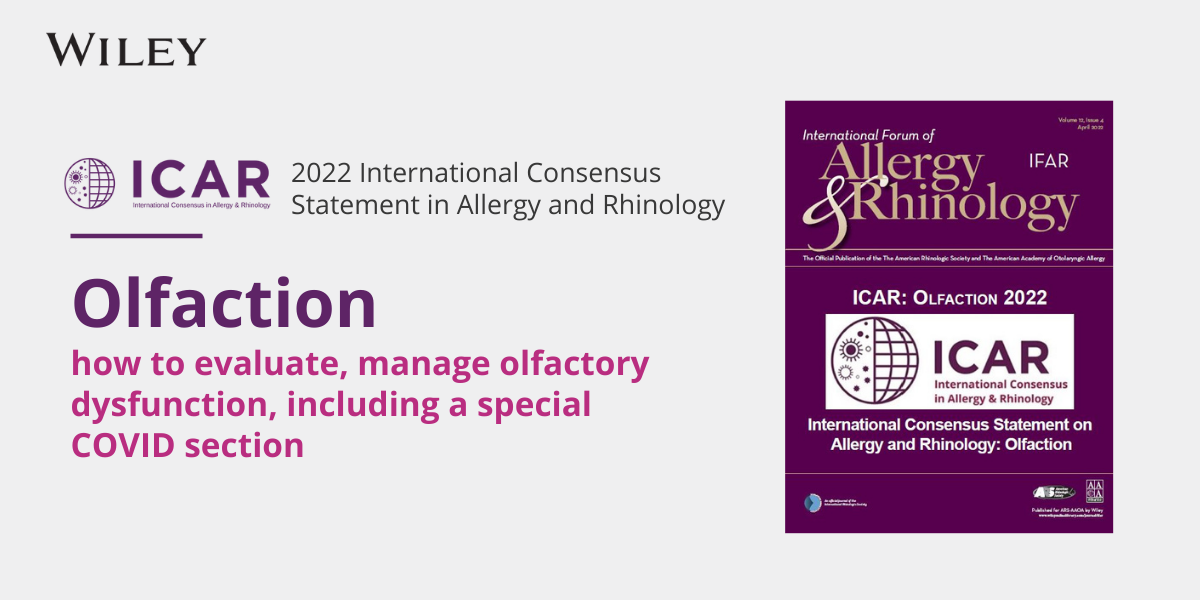USP General Chapter 797 Sterile Allergen Extract Compounding AAOA Online Module and Resources USP General Chapter <797> Pharmaceutical Compounding — Sterile Preparations continues to impact allergy immunotherapy vial preparation since the updated rule went into effect on November 1, 2023…
The One Big Beautiful Bill Enacts Sweeping Cuts to Medicaid
After weeks of partisan debate and internal Republican disagreements, President Trump signed the One Big Beautiful Bill Act (H.R. 1) into law on July 4. The sweeping reconciliation package advances many of the President’s top legislative priorities—including an extension of the 2017 tax cuts, defense funding, border security measures, and energy policy—while also making deep cuts to Medicaid, health coverage, and higher education programs. According to the Congressional Budget Office (CBO), the bill would increase the deficit by $3.3 trillion over the next decade and cut Medicaid by $930 billion.
Before landing on the President’s desk, the bill passed the Senate on July 1 by a vote of 51-50, with Vice President JD Vance casting the tie-breaking vote. No Democrats supported the bill, and three Republicans – Senators Susan Collins (ME), Rand Paul (KY), and Thom Tillis (NC) – joined them in opposition. On July 3, the House approved the Senate’s amended version of H.R. 1 by a narrow 218-214 vote, with just two Republicans – Representatives Brian Fitzpatrick (PA) and Thomas Massie (KY) – voting against the measure alongside Democrats.
The bill includes provisions that would significantly reduce Medicaid spending, particularly those aimed at restricting enrollment through more frequent eligibility verifications and mandatory work requirements. Under the bill, all adults aged 19–64 in the expansion population would be required to demonstrate that they worked, volunteered, or attended school for at least 80 hours in the month prior to enrollment and throughout their time on Medicaid. However, the bill does include an exception for individuals who experienced a short-term hardship event and for those who meet certain exclusions, including being considered medically frail. Additional provisions would require beneficiaries to submit ongoing documentation of eligibility. It is this burdensome paperwork requirement that is expected to trigger the loss of Medicaid coverage for millions of Americans.
Additionally, the bill directs the Department of Health and Human Services (HHS) to cap state directed payments—which are a mechanism to help states close the gaps between Medicaid and other payers—at 100% of the total published Medicare payment rate for states that have adopted Medicaid expansion and at 110% of the total published Medicare payment rate for states that have not expanded. The bill clarifies that grandfathered state-directed payment limits would be reduced by 10 percent annually until the allowable Medicare-related payment limit is reached. These provisions, which would reduce the federal share for the Medicaid program, will result in reduced access for patients if states and providers cannot make up the shortfall.
The bill significantly lowers the current 6% cap on provider tax rates in Medicaid expansion states to 3.5% by 2032. These taxes help states fund their share of Medicaid and draw federal match funding. States can then use those payments to provide more funding to the providers that paid the tax.
These Medicaid policy changes taken together will reduce Medicaid coverage rates, particularly in expansion states, and further strain state budgets, potentially forcing states to reduce Medicaid payments to providers. While adults in the expansion population who lose Medicaid coverage could enroll in an exchange plan, those may be unaffordable if Congress does not extend the subsidies for lower income individuals to purchase those plans. Democrats and some Republicans are interested in providing an extension before the end of the year. Furthermore, it is possible that practices and institutions facing financial shortfalls will choose not to fill vacant provider positions, which will further limit access to care for all Americans regardless of their insurer.
The revised bill does include an increase to the Medicare Physician Fee Schedule (MPFS) conversion factor by 2.5% in 2026. Notably, this increase is not tied to the Medicare Economic Index or built into the budget baseline, creating a cliff in 2027. While the temporary boost may offer short-term relief, its limited duration offers little stability for long-term practice planning for physicians who have seen flat or declining Medicare reimbursement for services, including allergy testing and immunotherapy administration.
Lastly, the legislation will enact cuts to higher education programs, which will significantly impact medical student borrowers. Specifically, the bill eliminates the Grad PLUS Loan program and income-driven repayment plans, beginning July 1, 2026. Additionally, the bill reduces annual and lifetime loan limits for graduate and professional student borrowers. Medical and other professional students will have an annual borrowing limit of $50,000 and an aggregate lifetime limit of $200,000. These changes may discourage students from choosing to attend medical school further exacerbating existing physician shortages.




